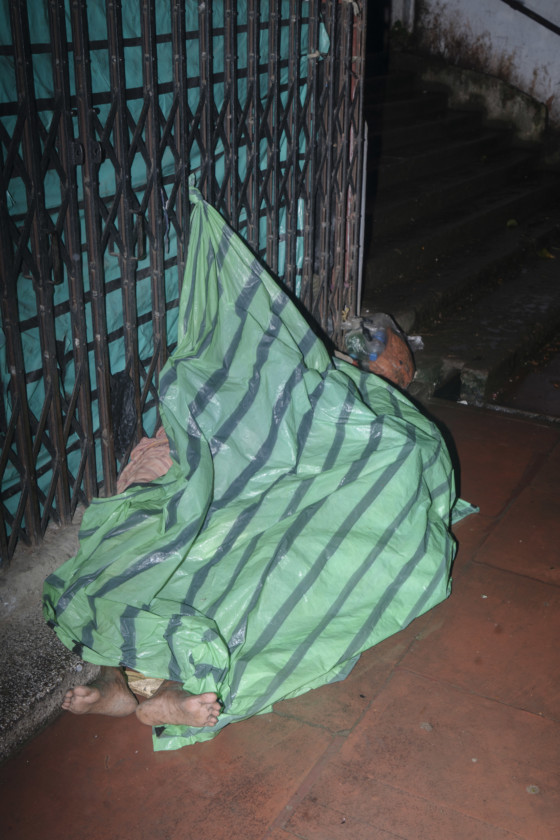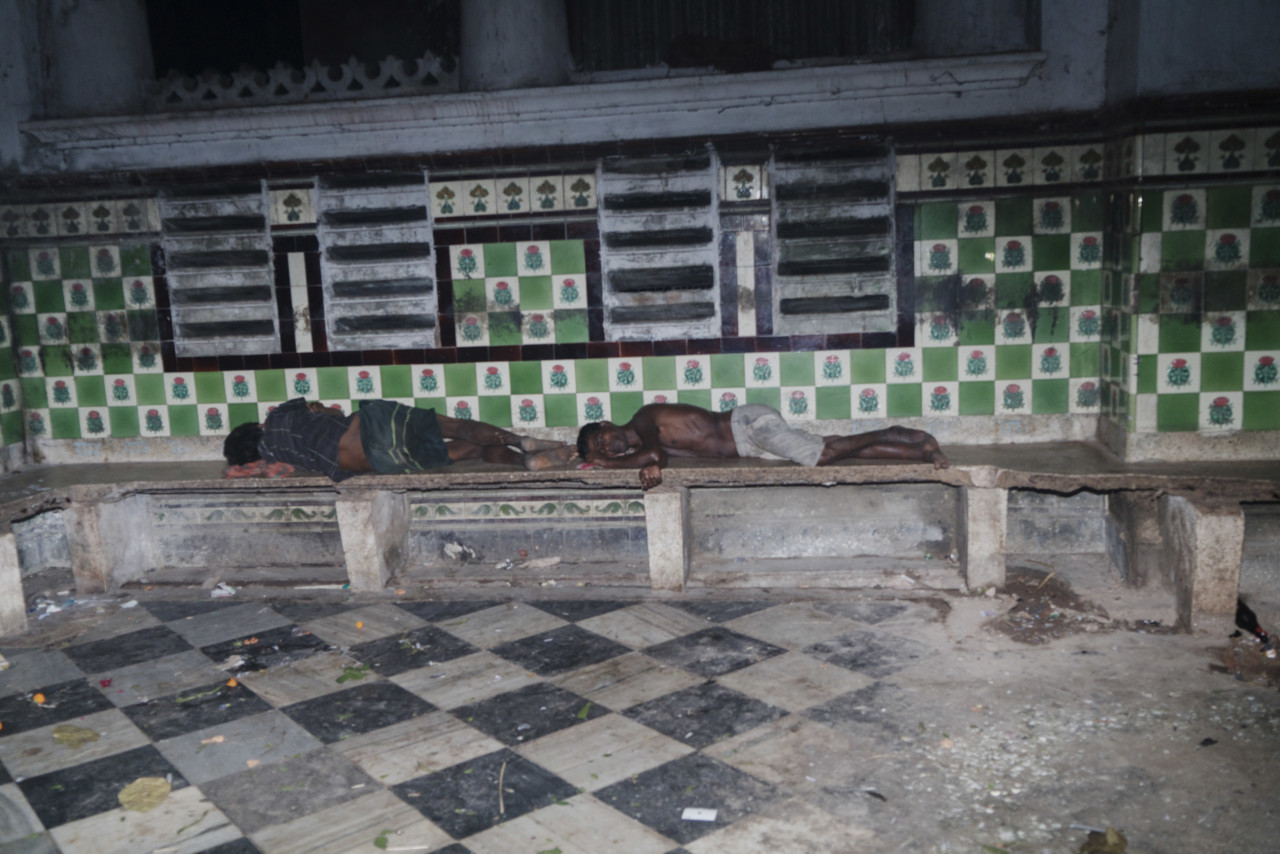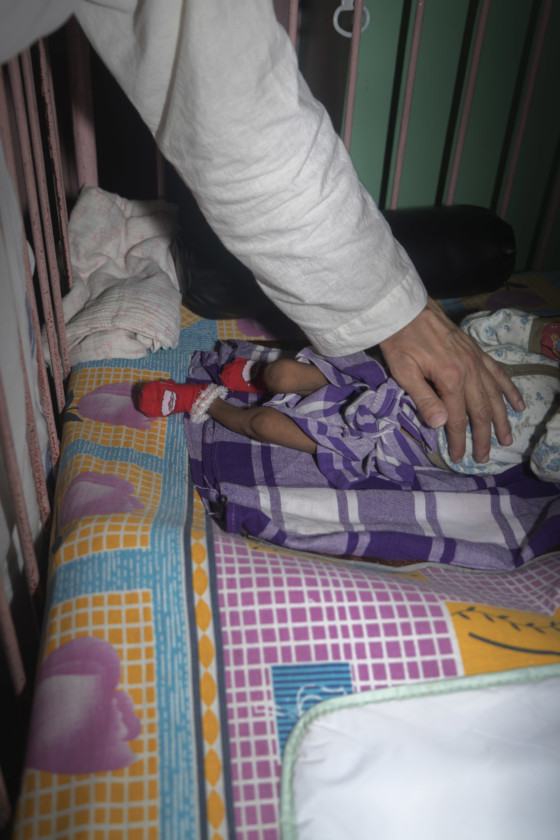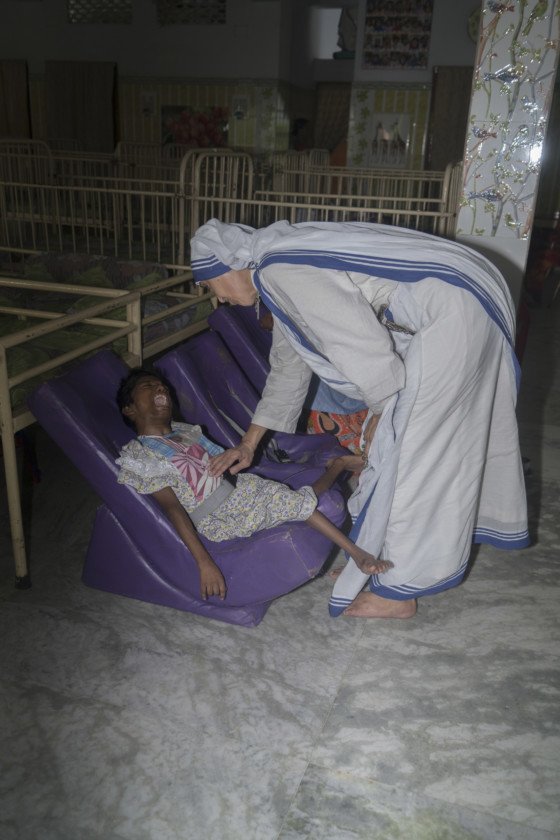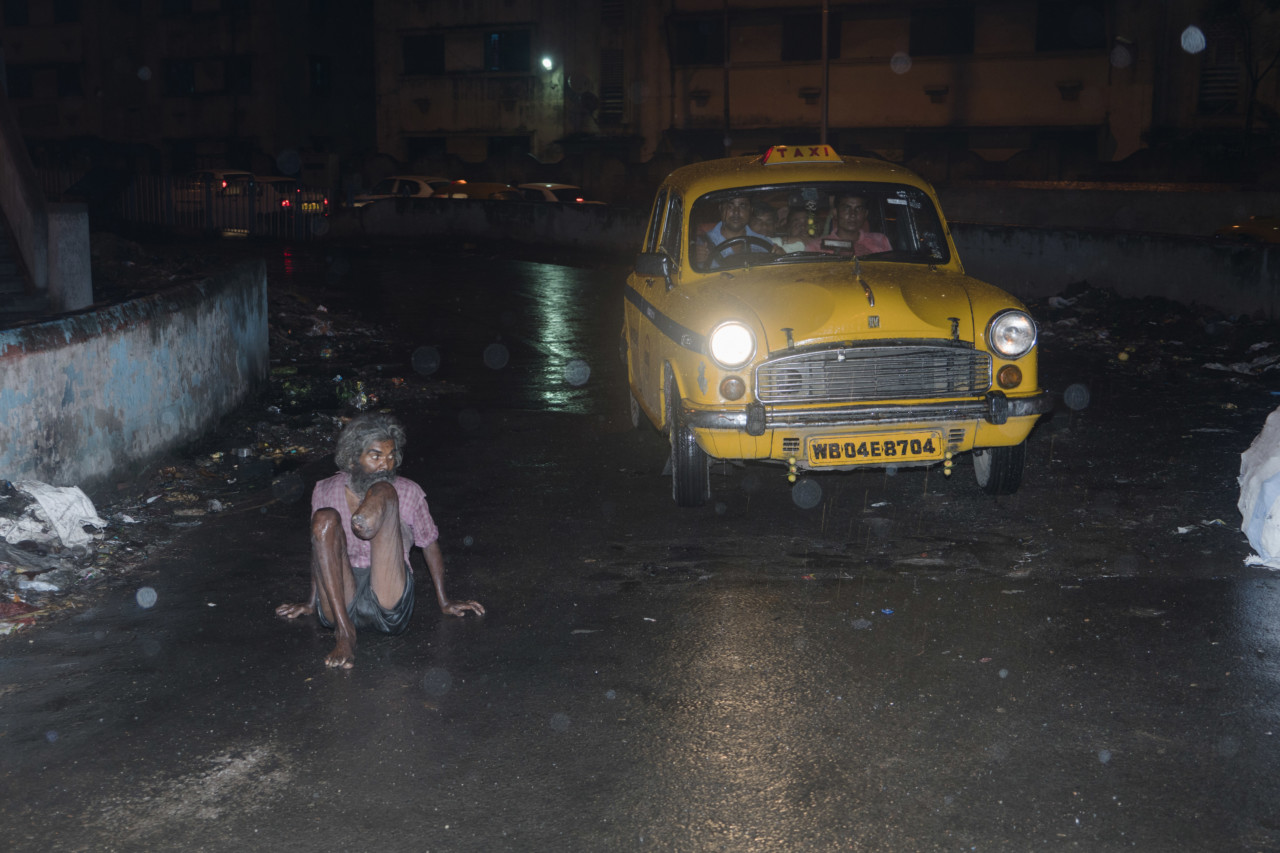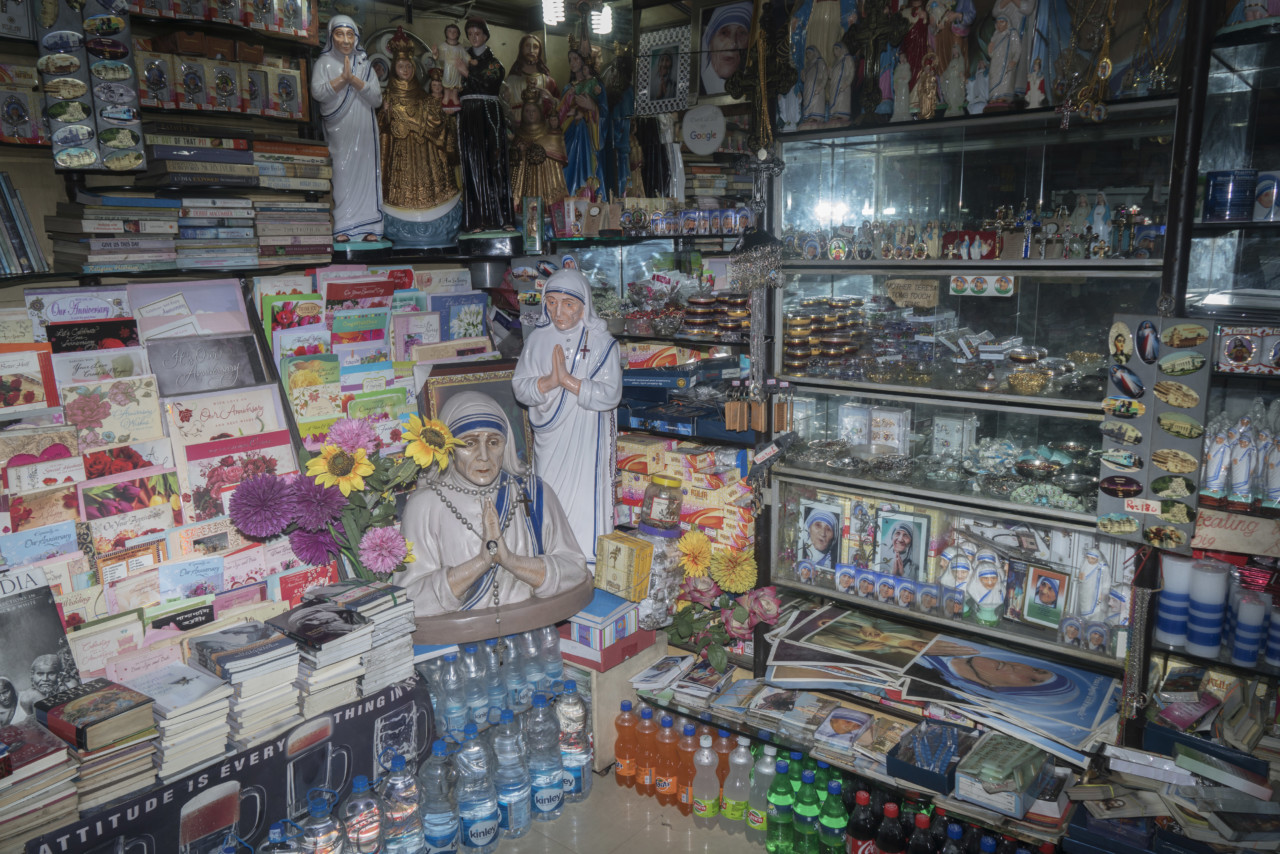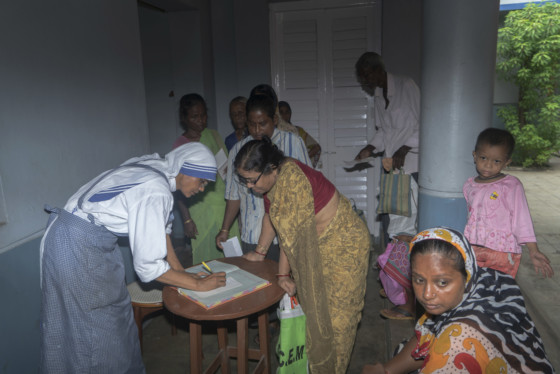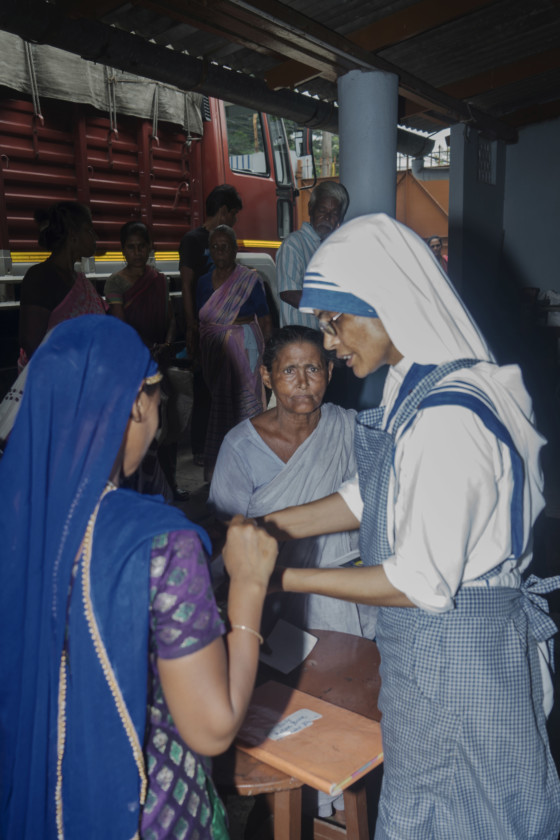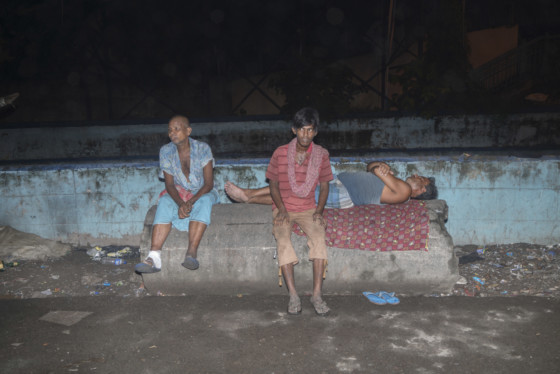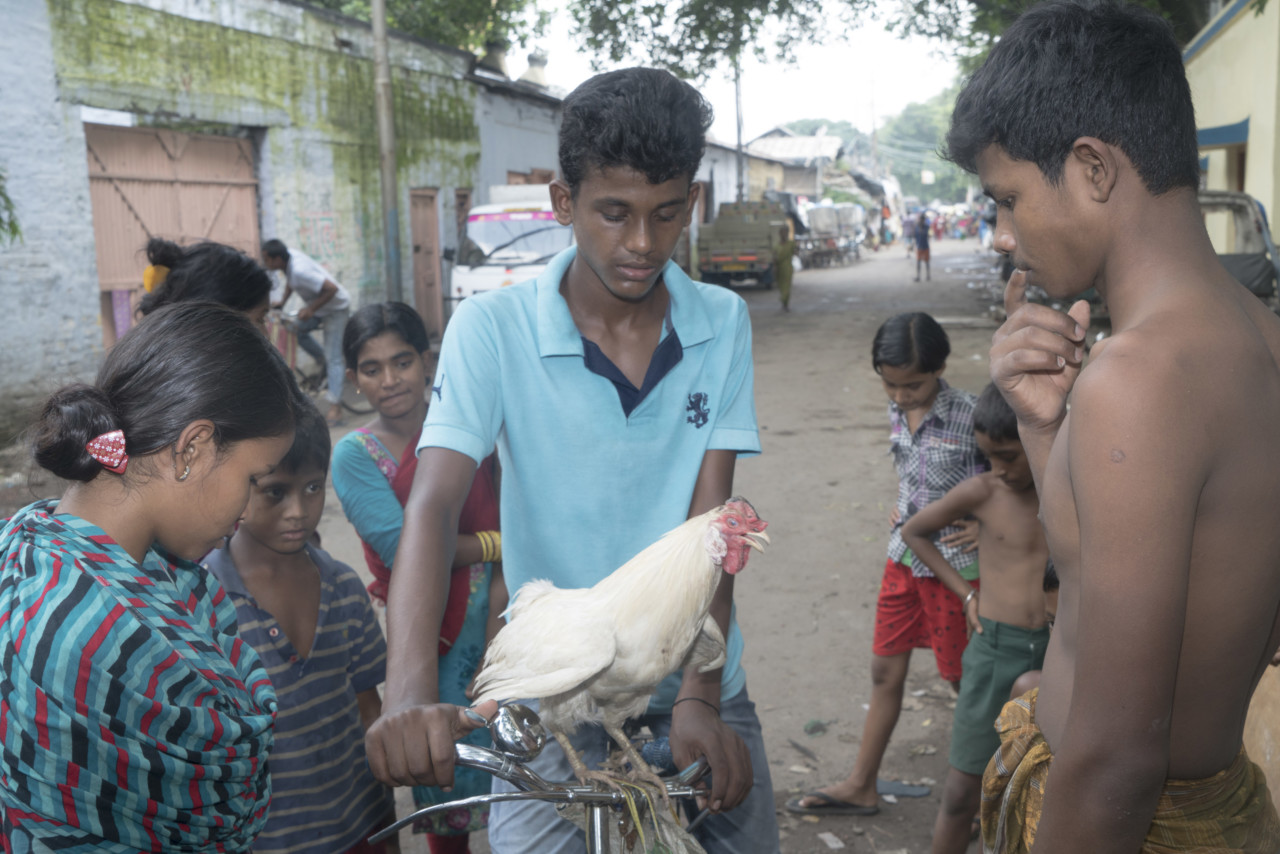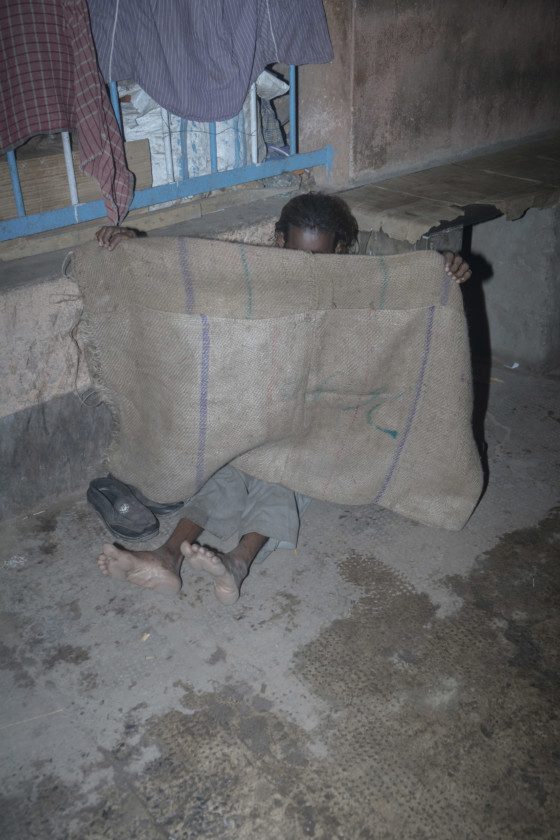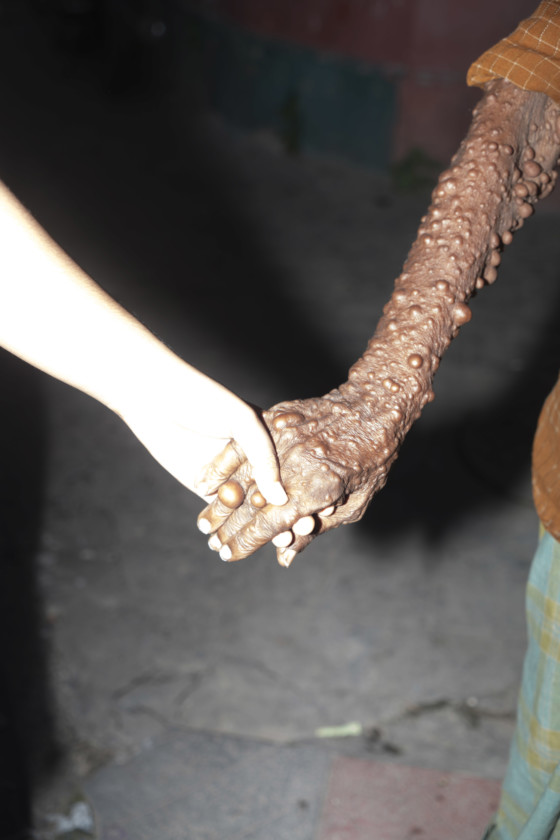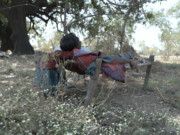Kolkata Today: Mother Teresa’s Legacy
On the eve of Mother Teresa's posthumous sainthood, Sohrab Hura returns to Kolkata to explore how the missionary's work lives on in the Indian city
On Sunday the 4th of September, 2016, Mother Teresa (1910-1997), the Albanian Roman Catholic nun and missionary who spent most of her life in India, will be canonized by Pope Francis; the Catholic Church’s highest honor. Also known as Blessed Teresa of Calcutta, the founder of Missionaries of Charity – a Roman Catholic religious congregation – is celebrated for her work providing care for the poor and the sick. However, she remains a divisive figure: her anti-abortion stance has provoked both support and fierce criticism, and her detractors included the late British journalist Christopher Hitchens who accused her of using the vulnerable to propagate “fundamentalist Roman Catholic beliefs”.
Magnum nominee Sohrab Hura grew up in India not far from Kolkata (formerly Calcutta) and her memory hung in the air through his childhood. Aware of her iconic Saint-like status, which she possessed well before being officially declared as one, but also familiar with some of the criticisms aimed at her, Hura returned to the city to explore her legacy. Ruminating on his own notions of her growing up, Hura finds a positive legacy of altruism and kindness towards society’s most vulnerable, which he finds pertinent to remember in contemporary India. Here is his meditation.
I was born a little outside the city of Kolkata. Growing up, I travelled through the city every year on the way to visit my grandmother’s home. While there hadn’t been a strong presence of Mother Teresa in our lives, through smatterings of overheard conversations I had an inkling of who she was and what she did, and, somehow, the memory of her being a saint seems to have existed all along–even though she was yet to be canonized. Like many people of my generation, it took her death in 1997 for me to be conscious of who she was. Hearing about her death on the news, a feeling of something extremely tragic having happened lingered over the minds of all us school students. I had also, around then, just out of curiosity, watched the American film adaptation of Dominique Lapierre’s book City of Joy. A couple of popular Indian actors playing in lead roles gave me an added excuse to watch it. It needed an American film to give me what had, at that time, seemed like great insight into the life of the ‘Saint of the Gutters’. And then life moved on and she disappeared from my thoughts.
I visited Kolkata again recently, this time to look for undercurrents of Mother Teresa’s legacy in the city, aware of the different perspectives circulating about her and her work. Being an outsider to the city now, I decided to search for traces of her legacy amongst the younger generation; after all it was they who would shape the future of this city. These were people who, like me, were making sense of the world around the time of her death or had grown up learning about her posthumously.
The date of her canonization has been creeping up slowly and there is a buzz in the air about it, but not many think of her consciously in their everyday life. The contemporary political situation, student life and other things steeped in the banality of daily life make up the core of the conversations and Mother Teresa arises only when the topic is broached. I realized many university students read Mother Teresa’s legacy in a far more nuanced way than the simplistic impressions I have carried over from my childhood memories. The ‘love and compassion’ for which she is known the world over is consistently acknowledged but they also choose to look at her legacy and the work of the Missionaries of Charity within the context of the contemporary life they live.
Years of subjective foreign media coverage on Mother Teresa and the Missionaries of Charity have given the impression of the city being in extreme poverty. While such poverty does exist, it does not make up the sole identity of Kolkata; it is just one of the many different strata of life in the city. The subsequent poverty tourism that has shaped up around that history has only made this impression worse. Coincidently, of late the Indian Association of Tour Operators has been urging the state government to promote Kolkata’s links to Mother Teresa because a larger number of foreign tourist inflow is expected following her canonization.
"As India celebrates Mother Teresa’s contribution, I hope that this also becomes a point of reflection: what has the State done to deal with urban poverty in a humane way?"
- Sohrab Hura
University students in Kolkata have always been at the forefront of student protests against politics based on religion and caste; politics that have been misused to divide people and incite violence throughout the country’s history. Many appreciate the work done by the Missionaries of Charity but they are also very conscious of the religious backdrop of the charity’s activities. But speaking to students and locals, it was difficult for anyone to negatively judge Mother Teresa’s work or that of the Missionaries simply because of its religious context.
At the end of all our conversations, locals said that they could not help but respect the Missionaries and their work. Theirs is work that they would never have done themselves and no-one could think of anyone else in the city having worked in conditions similar to the ones the Sisters worked in, caring for people living in the harshest of states, ignored by the government and the residents of the city. For that, that they were glad that Mother Teresa is one of many parts of their city’s history and legacy. While the issue of her stand against abortion and the religious intent of her work may have cast a shadow of doubt on the significance and impact of her life’s work, as several conversations with many people here revealed, Mother Teresa’s image as a saint remains untarnished in this city.
As I moved to a different and more destitute socio-economic space, opinions started to become sparse. Someone directly affected by the work of the Missionaries of Charity, Raju, a homeless person was simply glad to have a volunteer from the organization come every morning to put medicine and a fresh bandage on his badly injured foot. He had not experienced any form of religious obligation put upon him and was grateful to have someone care for him when he had nothing to offer in return. But a little further away, in some of the slum areas near the outskirts of the city, none of the children and young adults I spoke with knew who Mother Teresa was; many were born long after she died. It was the elders in the community who recollected having heard about her and the work she did many years ago.
As Indian cities swell, urban living is becoming harsher and more difficult; this will only get worse with time. This burden falls most heavily on the poor, the elderly and the infirm. In light of this, Mother Teresa’s work becomes more significant than ever before, simply because it puts the lives of invisible city dwellers into the spotlight. It also brings into center stage the absence of the state in providing basic social security to the urban poor. As India celebrates Mother Teresa’s contribution, I hope that this also becomes a point of reflection: what has the State done to deal with urban poverty in a humane way?




